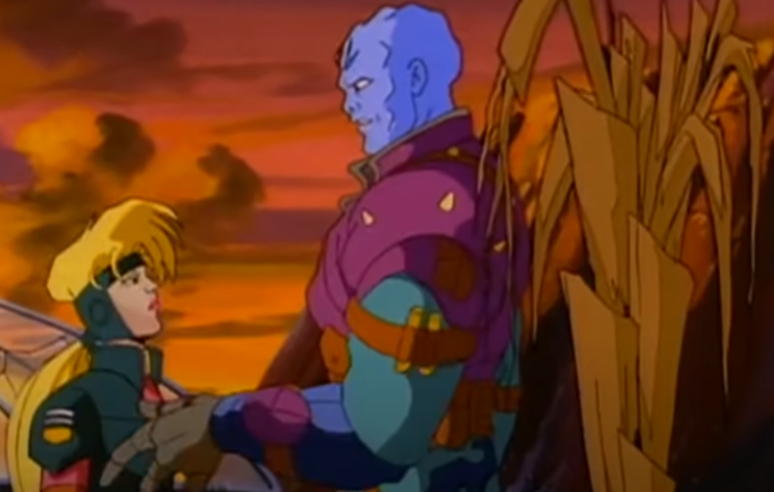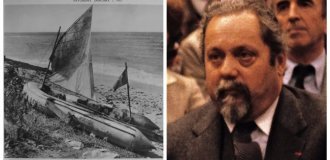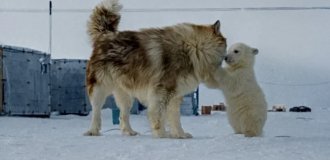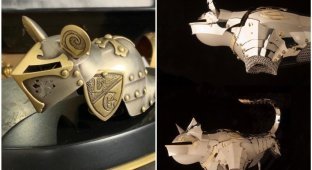Lieutenant Marsh's Space Rescuers: history of creation and 15 interesting facts about the cult animated series of the 90s (20 photos)
One of the best animated series of the 90s on a space theme can confidently be called the series “Lieutenant Marsh’s Space Rescuers.” This animated series has an excellent plot that touches on quite mature topics such as racism, slavery, war, death and much more. 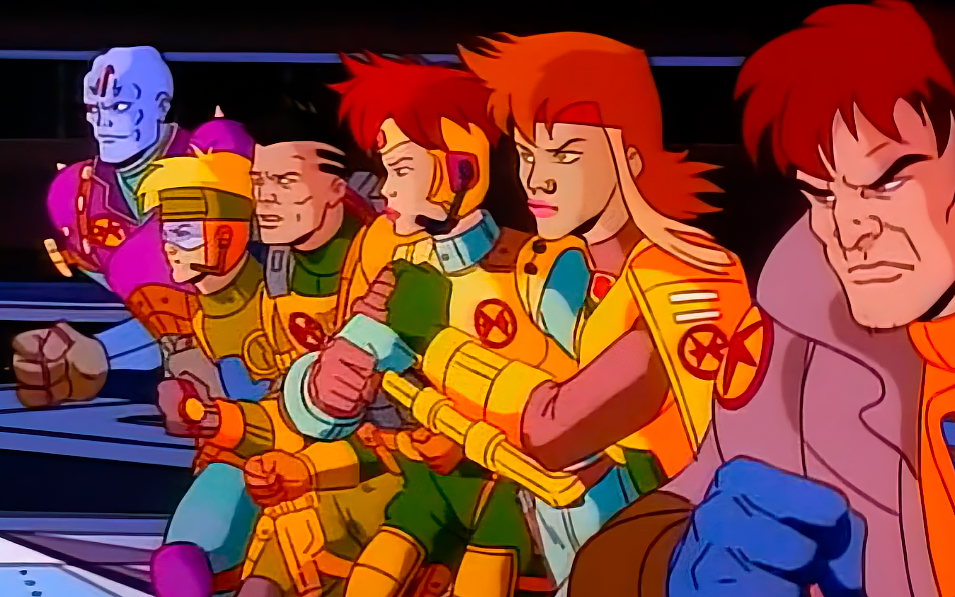
1. The idea of the series belongs to Jeff Segal, who previously worked on the animated series “War of the Gobots,” which in turn was a kind of answer to “Transformers.” 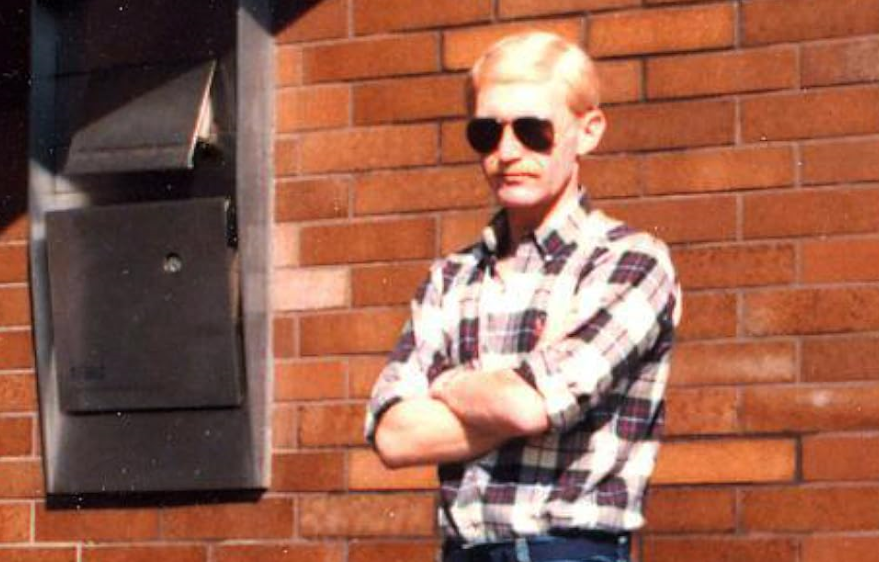
Jeff Segal
In the late 80s, Jeff got the idea to create some kind of analogue of Japanese cartoons about robots (Mecha is a subgenre of Anime, where the plot revolves around robots and technology), which were very popular at that time.
Seagal himself understood that all these cartoons about robots were created only for the purpose of producing toy lines that would bring profit to companies. But he wanted to create something truly worthwhile for the soul.
This idea was in the air until he met director and screenwriter Will Magnot, who was involved in the creation of such famous animated series as “The Real Ghostbusters”, “The Adventures of Conan the Barbarian” and “X-Men”, etc. And Most importantly, Menyot was also an avid fan of Japanese robot cartoons. 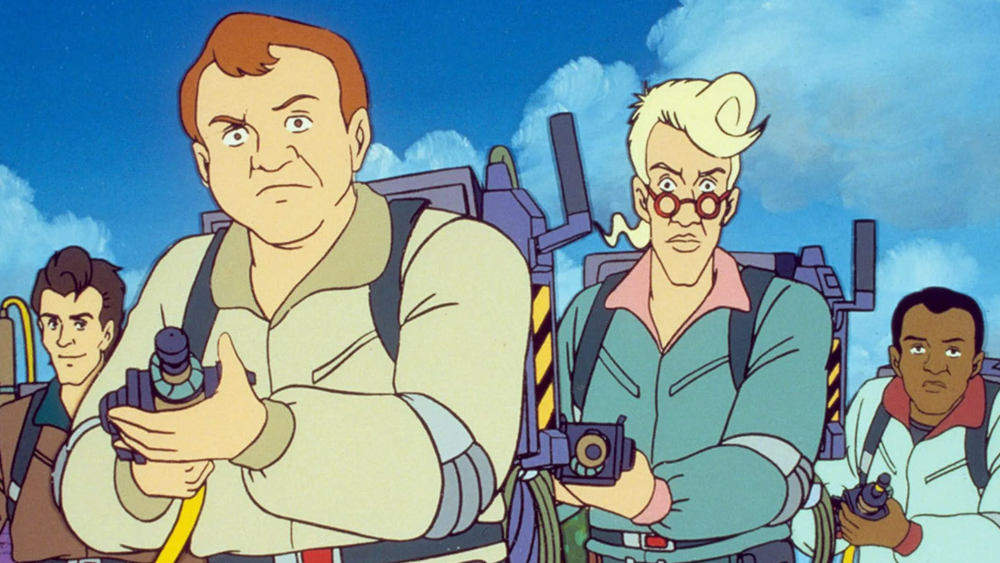
At that time, Menyot was sitting idle, because not long before this, the first season of the animated series “X-Men” had been completed, which was preparing for release on the screens. Then Jeff Segal and Will Meignot decided to collaborate and create their own animated series, which would be reminiscent of Japanese cartoons about robots.
2. Having come up with the basic concept of the animated series, they Seagal and Menyot concocted a 45-second promotional video about their future animated series. The studio bosses liked this concept and gave the go-ahead and money to film one season, consisting of 13 episodes.
As a result, after the release of the first season, the series performed very well, thanks to which the Universal Cartoon Studio company immediately ordered a second season from the authors, which was supposed to consist of 39 episodes and end the story arc with the war with the neo-Sapiants. 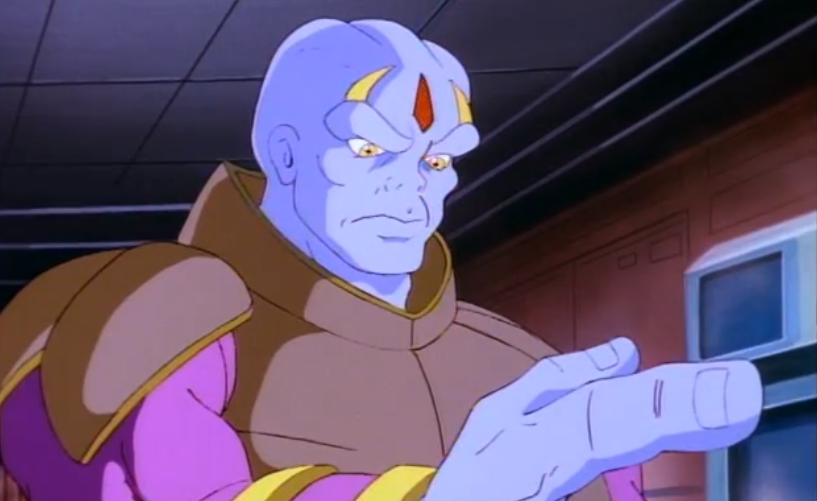
3. Initially, Jeff Segal and Will Meignot wanted to call their series "Exo Force", but this name was already taken, so it had to be changed to "Exosquad".
And yes, the localizers “tried hard” by calling the series “Lieutenant Marsh’s Space Rescuers,” since in the original the name is translated as “Echo Platoon,” or, more precisely, “Exo Platoon.” 
4. And now let’s move on to another localization error. The very robotic suits that the main characters control are called exolets rather than echolets, as they use exoskeleton-based technology.
The creators themselves decided to use not just robots, but machines based on exoskeletons, inspired by such Japanese cartoons as “Mobile Warrior Gundam”, “Hyperspace Fortress Macross”, etc. 
5. The animated series "Exosquad" was the first American-produced animated project to feature battles in space. Before this, Americans only showed Japanese cartoons.
6. This animated series is very different in presentation from similar Japanese projects. For example, the events here revolve not only around one character (although the main characters are Lying T Marsh and his team). 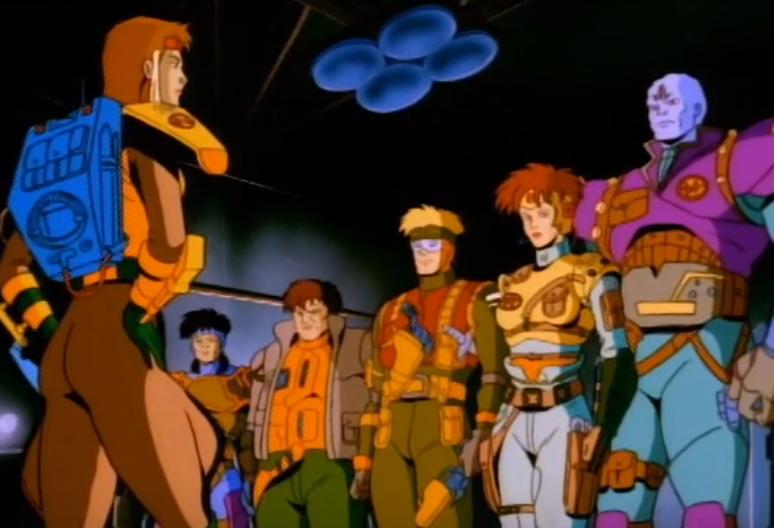
In addition, the main antagonist of the cartoon (Governor Fatone) is not a classic villain who seeks to destroy or capture everyone simply because he is so evil. If you look at everything that happens through the eyes of Faton, then somewhere you can even understand his motivation, because before the neo-Sapiants were powerless slaves. This is exactly what the authors of the cartoon wanted to show. 
But at the same time, the creators wanted to show some kind of allusion to the Second World War, because Fatone wanted the neo-Sapiant race to become the highest race in the solar system. Even one of the first episodes is called "Bl"itzkrieg". 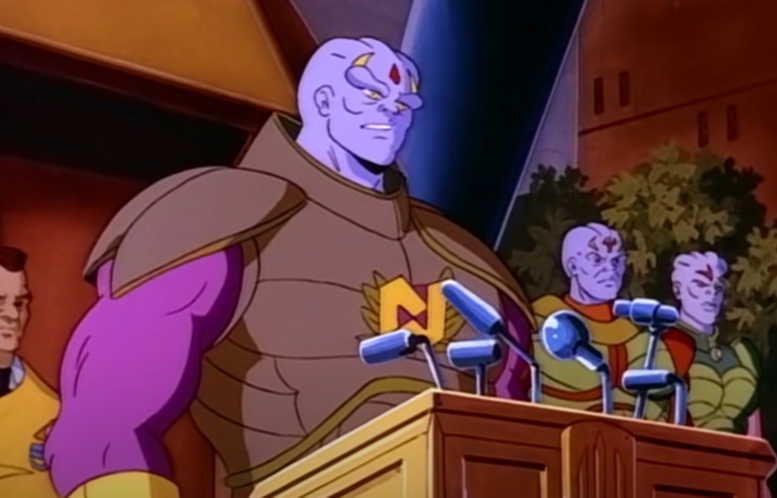
7. In fact, it can be said that Marcela (Marsh's team member) is Fatone's brother, since they were created in the same generation. In one of the episodes you can even hear that Fatone calls Marcela his blood brother (Blood Brother).
8. The creators of the animated series specifically made sure that the team was multinational. So, for example, JT Marsh is American, Alec Deleon is French, Wolfgang Bronski is Pole, Cas Takagi is Japanese, etc.
In addition, second-in-command Nara Burns is a native of Venus, and Marcela is a neo-Sapiant. 
9. As many of you remember, the animated series has an open ending. After defeating Fatone, a new alien threat appeared in the form of aliens (insectoids) who arrived from another system. This ending hinted at a new season, where all representatives of the solar system had to unite against a new threat. 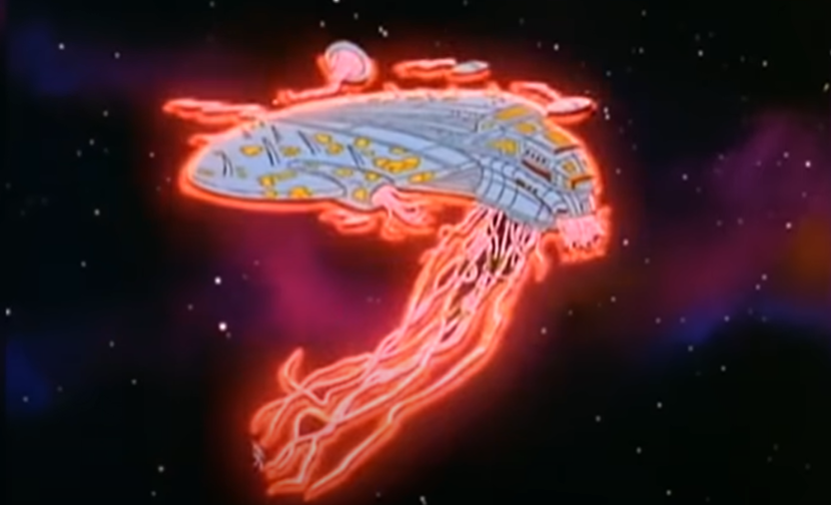
But, unfortunately, the new season was never filmed. USA Network (a division of Universal) said that the animated series' ratings were too low. And animated series were replaced by a variety of jaundiced talk shows. 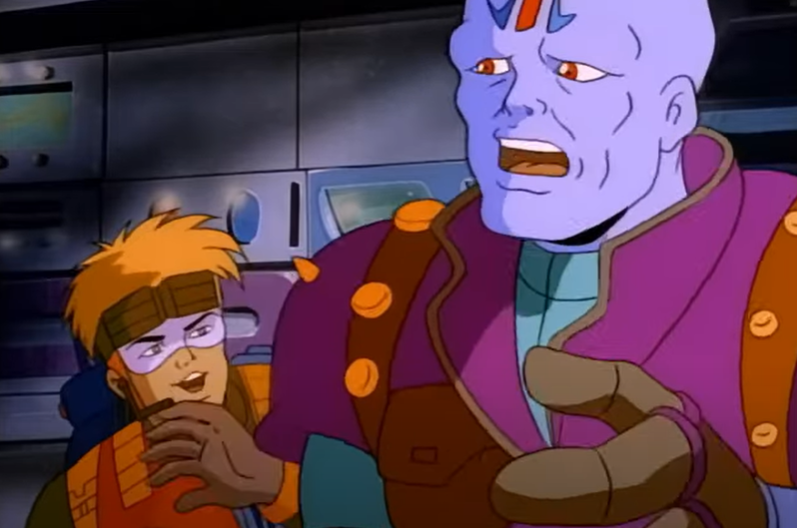
The creators of the animated series were still given the go-ahead to produce the third season, but only on the condition that it would be broadcast at 4 a.m. Naturally, the creators refused such a “generous” offer, since it is unlikely that anyone would get up at 4 am on purpose to watch the cartoon. 
One of the writers (Michael Edens) later leaked the concept for the third season online. According to him, this was supposed to be a large-scale season, where the neo-Sapiants, led by the Fatone clone, would fight side by side with people against the alien threat, and Nara Burns would be one of the main components in the fight against the aliens. Unfortunately, we did not see any of this, and are unlikely to see it.
10. In 1995, the only game dedicated to this animated series was released. We are talking about the game "ExoSquad" for the Sega mega drive 2 console. 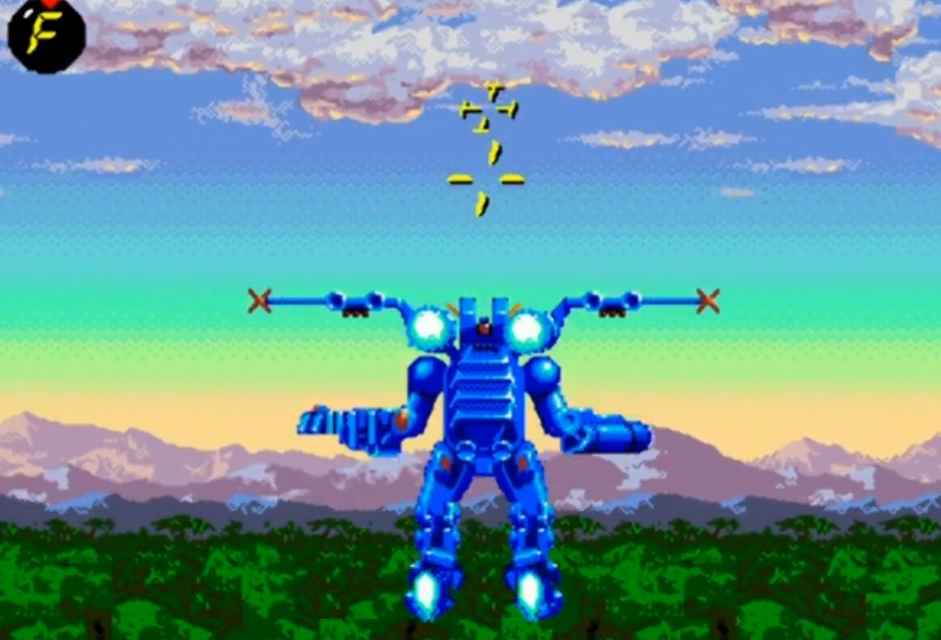
This game has three game modes, where we have to play as one of the main characters in our echo chambers. True, there are only three heroes: JT Marsh (flying level), Wolfgang Bronski (Platformer) and Rita Torres (fighting game). 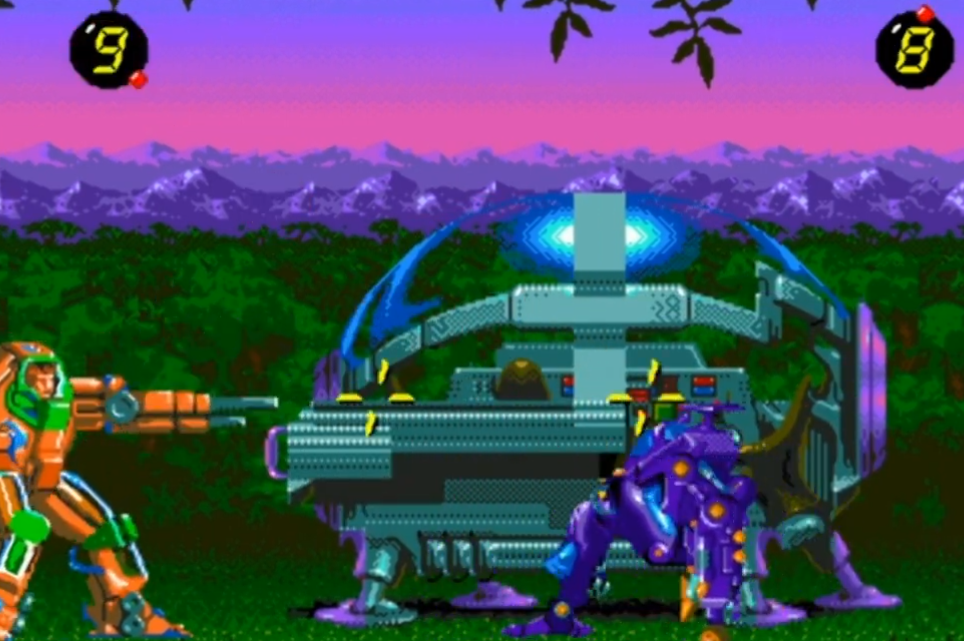
Personally, I didn't like this game. As for me, it turned out to be too uninteresting and monotonous. But this was 1995, which was essentially the decline of the Sega mega drive 2 console.
11. We don’t know anything about the age of the characters in the animated series, but just from the above-mentioned game we can find out that Marsh himself is 28 years old, and Bronski is 32 years old. But Rita, like a true woman, hides her age and weight. 
12. Those who watched Steven Spielberg's film "Ready Player One" (2018) probably noticed Maggie Weston's repair sonar. Well, this is not surprising, because the film itself is literally built on the pop culture of the 80s and 90s. 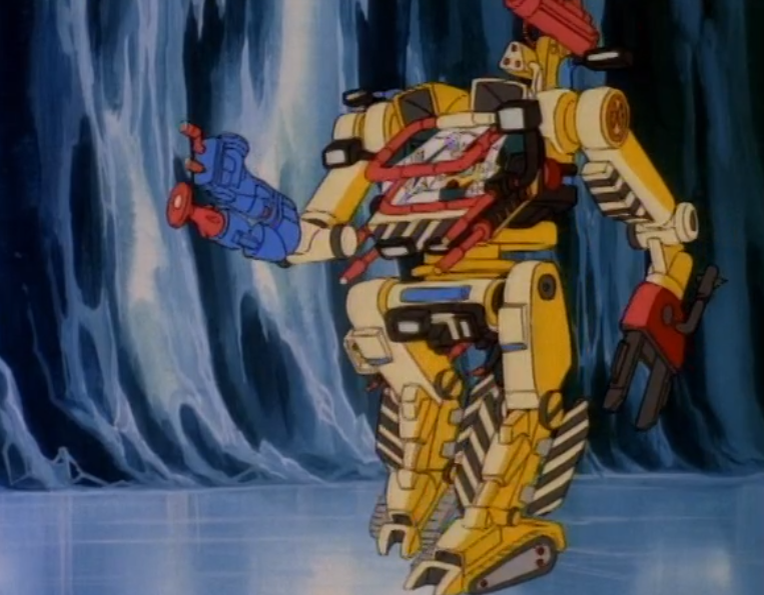
13. Another thing that I personally noticed. In the very first episode (at the very beginning), one of the crew members watches on his holographic gadget how a half-naked girl dances, which again makes us understand that the animated series is not intended for children. 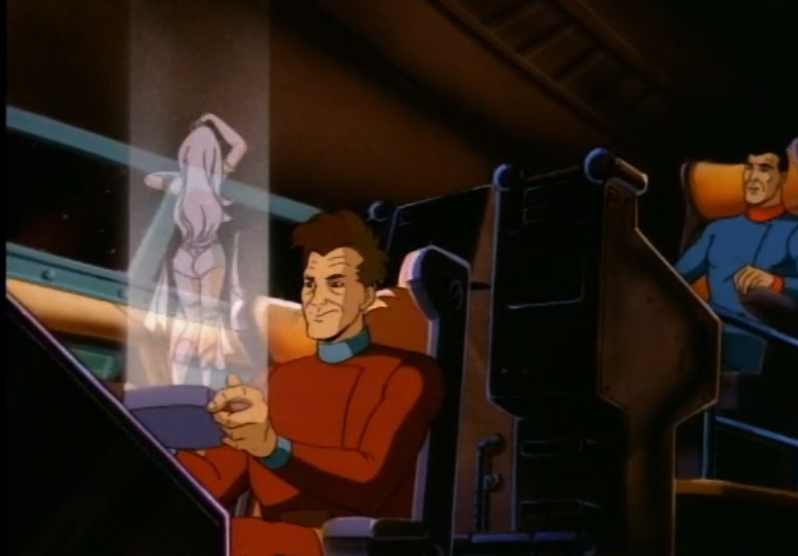
But that's not the point. If you listen to the music this girl is dancing to, you can hear that the music is from the game "Super Mario bros" (underground level) for the NES console (Dendy).
14. If you watched the animated series to the end, then you probably remember that in one of the episodes intelligence officer Alec Deleon dies. Initially, the creators wanted to really “kill” the character so that the audience would understand that the main characters could also die. But the producers said that this option was unacceptable. Therefore, in the end, an exact clone of Alec Deleon was created with all the memories and character. 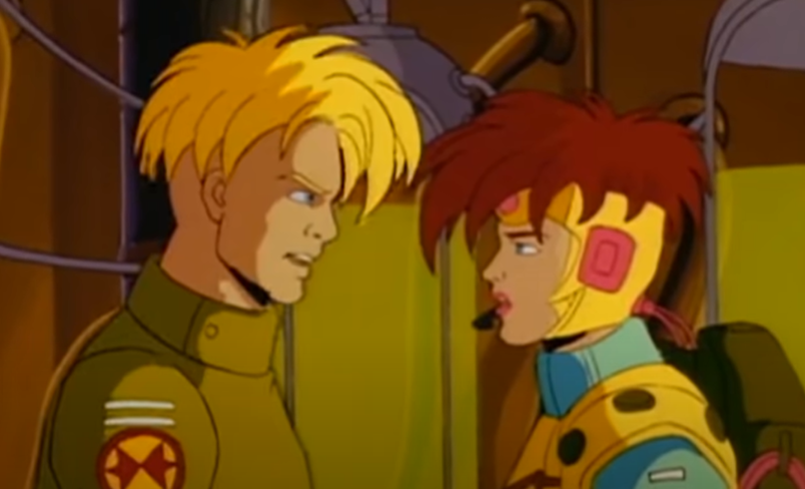
15. As I already said, the animated series turned out to be very adult, revealing many real moments, such as love, war, death, politics, etc. But besides this, the creators touched on the topic of racism. Moreover, this concerns not only Fatton’s Hitlerite ideas. We are talking about how people call neo-Sapiants colloquially - Neosaps. These nicknames are essentially derogatory, the same as calling an African-American in the USA nig... Well, you get the idea. 